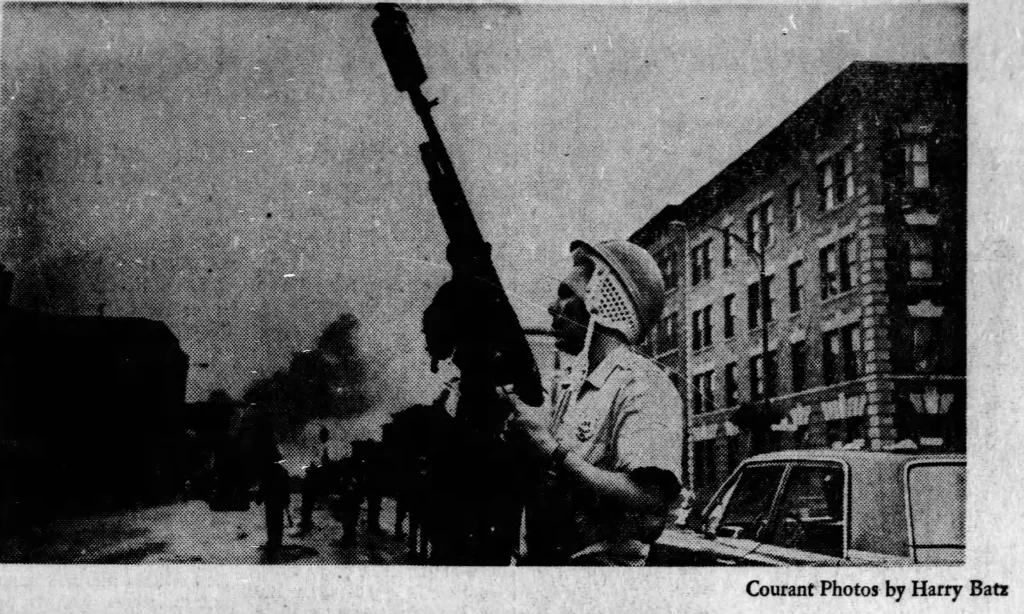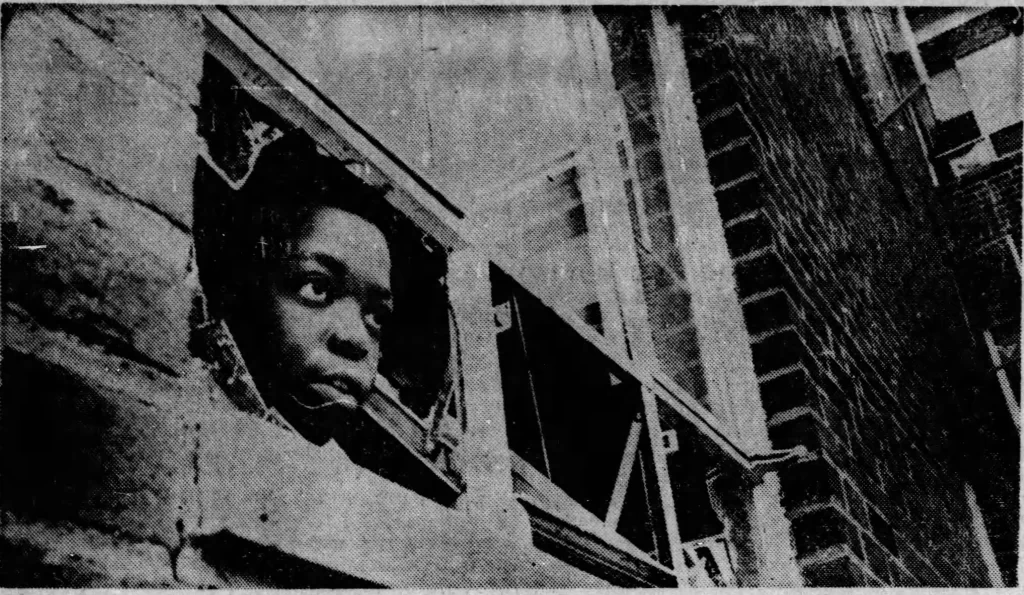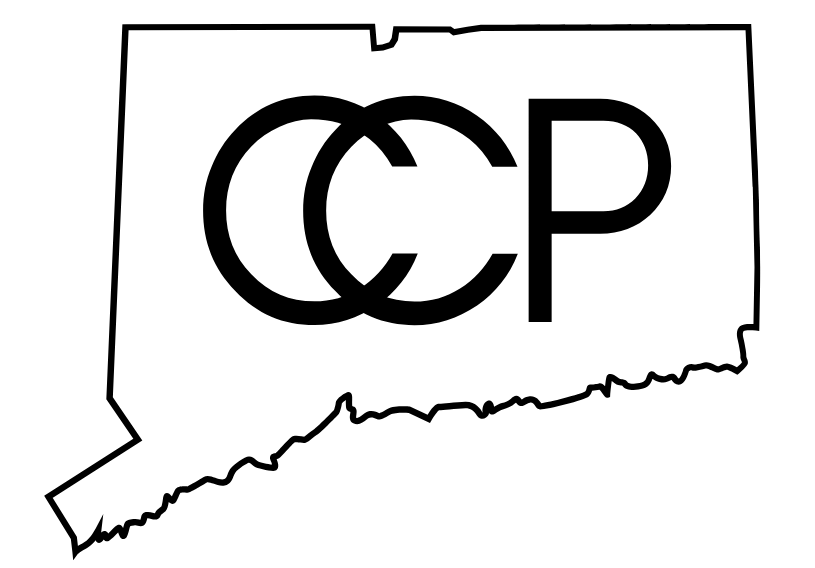Incident: Police and witness accounts differ on what happened. Witnesses claim that Jones and a friend, Harry Byrd, were standing in a parking lot on Albany Avenue during a night of civil disorder. Jones and Byrd were community workers and were outside that night due to their concern for the neighborhood. Nearby, a group of people were looting stores and loading items into a white Cadillac. Jones gave someone in the white Cadillac a match or a cigarette, then returned to stand near Byrd, after which Officer Daniel Herbert shot Jones. Byrd ran away when he heard a shot fired and did not know his friend had been hit until he called the hospital later that night.
Officer Herbert’s own story changed over the years, but on trial he claimed that he arrived on the scene with three other officers and fired one shot at Jones after watching him loot a 5 and 10 store by himself (another strange inconsistency is that the original Hartford Courant article says that all three officers besides Herbert fired). A larger group was looting a Stop & Shop nearby. Herbert claimed to have aimed for the legs, but instead shot Jones in the head. Jones survived with serious brain damage; the right side of his body was paralyzed and he could only communicate on the most basic level.
Charles Jones was a prominent figure in the North End. He had recently been elected as chairman of the board of Model Neighborhoods Inc., an anti-poverty organization on contract with the city government. Before that, he had been working with the Clay Hill Neighborhood Association, an arm of the community renewal team. Due to Jones’ reputation, Detective Reginald Sherwood attempted to hold back news of the shooting; he was not yet sure if a police officer was responsible and was afraid of increasing tensions prematurely. The police were accused of attempting a cover-up, which Chief Vaughan denied in a statement to city council the next day. Jones was charged with breaking and entering and larceny, but the charges were dropped because he could not stand trial due to brain damage.


Trial: Jones’ family sued Officer Herbert on his behalf for $220,000 in lost earnings. The trial began on March 27th, 1973 in US district court. On the first day, Jones’ attorney Courtney Bourns pointed out the inconsistency in Herbert’s story; the account given on trial—described above—differed from his original report after the incident, in which he said that groups of people were looting both the Stop & Shop and the 5 and 10 store, and that Jones was one of several people carrying items into cars. The point was raised that there had been no warning shot, which Herbert confirmed. In defense, Herbert’s attorney Jerome T. Malliet cast suspicion on Jones and Byrd’s story during trial, asking why they were out at 3 am. Byrd explained that they were trying to get people back into their homes; “We’d been doing a lot of volunteer work, and this (disorder) meant a lot of hours wasted.”1 Besides Byrd, three witnesses confirmed this account. Jones himself testified briefly, but was not able to communicate significantly. On April 3rd, 1973, an all-white federal jury ruled in favor of Officer Herbert.
Charles Jones Newspaper Coverage
- September 4, 1969: HC “City Agency Head Shot With Looters”
- September 4, 1969: HC “Council Wants ‘Swift Justice’”
- September 5, 1969: HC “Third Night of Curfew Finds North End Quiet: Police Stop Cars, Hunt For Guns”
- September 6, 1969: HC “Arrests Pass 500 Mark As 3-Day Curfew Ends: Disorders Result in 4 Shootings”
- September 8, 1969: HC “State of Emergency To Be Ended Today”
- September 9, 1969: HC “City’s State of Emergency Ends”
- September 12. 1969: HC “Committee Deplores ‘Reliance on Guns’”
- September 13, 1969: HC “$1.3 Million Loss Claimed in Rioting”
- January 1, 1970: HC “1969: Moonmen, Riots, Drugs … Women on Barstools”
- March 29, 1973: HC “Man Testifies About Shooting During North End Disorders”
- April 4, 1973: HC “Poverty Worker Shot During 1969 Riot Denied Damages From Policeman by Jury”
